GRAP Stage I, II, III and IV Explained: Here's All You Need to Know
The declining quality of the air in Delhi-NCR prompted the Commission for Air Quality Management (CAQM) to implement Stage IV of the Graded Response Action Plan (GRAP).
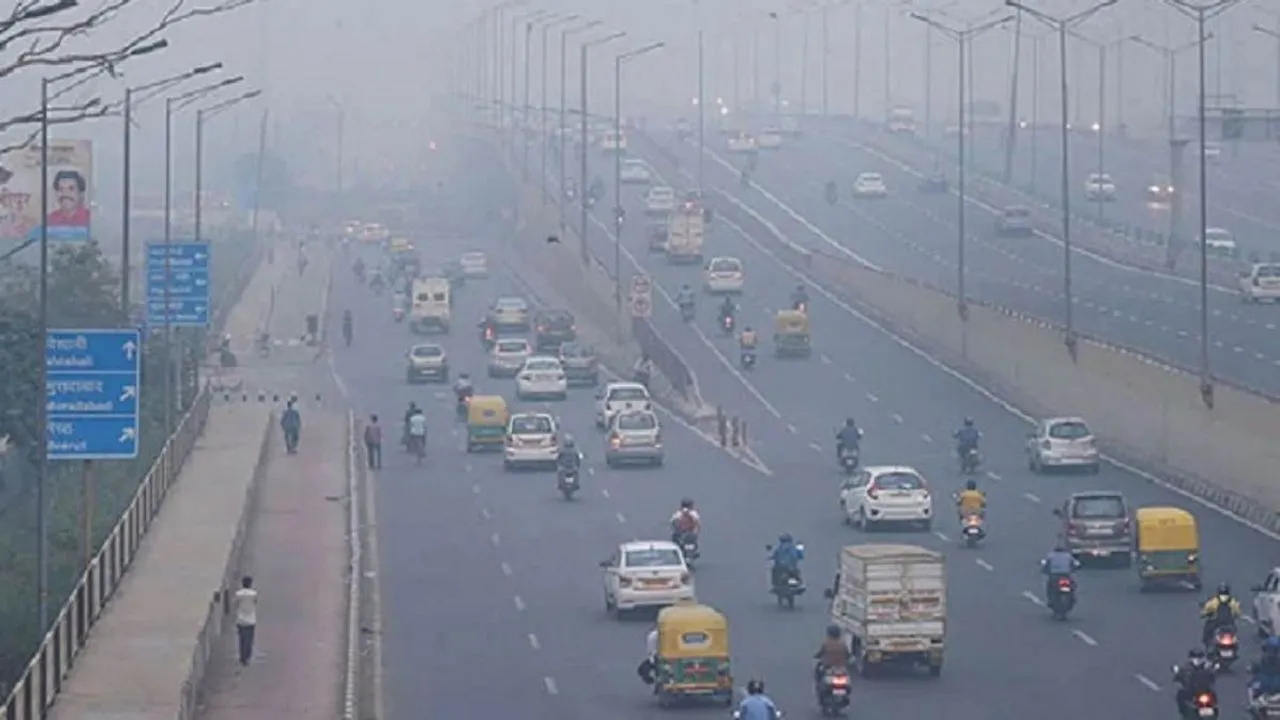
The declining quality of the air in Delhi-NCR prompted the Commission for Air Quality Management (CAQM) to implement Stage IV of the Graded Response Action Plan (GRAP) yesterday. The capital's daily average Air Quality Index (AQI) increased significantly to 441 by 4 PM on November 17 and later to 457 by 7 PM on the same day, according to the Central Pollution Control Board (CPCB), leading to the activation of GRAP stage IV, which brings several restrictions to combat air pollution in the region. Before going into great detail about stage 4, let's have a look at the GRAP's concept and other measures.
What is GRAP?
GRAP or Graded Response Action Plan is an emergency action plan that is carried out in four stages based on the air quality index (AQI), which measures the severity of air pollution. Stage I of the GRAP is activated when the AQI reaches 201–300, signifying ‘Poor’ air quality. On the other hand, Stage II goes into effect with the AQI level hitting the 301-400 mark, showing ‘Very Poor’ air quality.
Also Read: Mercedes-Benz India to Hike Prices Across Model Range From January 1
The Stage III comes in with ‘Severe’ air quality, with AQI touching the 401-450 range, while Stage IV is activated with – ‘Severe+’ air quality (Delhi AQI > 450).
GRAP Stage I
The Graded Response Action Plan's first stage is implemented when the AQI falls between 201 and 300. In this, the government enforces rules for the use of anti-smog guns at construction sites and mandates the regular lifting of municipal solid waste, construction and demolition waste, and hazardous waste from designated dumping sites. It also imposes a hefty fine on burning garbage and sweeping without using water, and ensures that guidelines on dust mitigation measures are properly implemented. Additionally, authorities enforce stricter adherence to emissions Under Control (PUC) standards, which levies penalties on cars with tailpipe emissions.
GRAP Stage II
The second GRAP stage is put into effect as the air quality drops between 301 and 400, which is considered ‘very poor.’ Under this phase, the burning of coal or firewood in hotels, restaurants, and open eateries, and the operation of diesel generators are prohibited. Moreover, parking prices are raised, and bus and metro services are enhanced to combat the rising pollution levels.
GRAP Stage III
The implementation of stage 3 with ‘Severe’ air quality adds more stringent restrictions on the city's construction, demolition, and industrial operations. In the National Capital Region, it also grants state governments the power to prohibit the transportation of four-wheelers that are BS-III gasoline and BS-IV diesel.
GRAP Stage IV
The Stage 4, currently in effect in the Capital, is enforced if the air quality index rises above 450 (Severe +). This prohibits any trucks from entering Delhi unless they are transporting necessities. Diesel trucks operating within the city are also prohibited.
Also Read: Lexus India Registers 43% Year-on-Year Sales Growth in October
Except for BS-VI diesel cars or emergency vehicles, the use of any diesel four-wheelers is banned in the region during this phase. Local state governments are also permitted to use the odd-even technique for private vehicles.
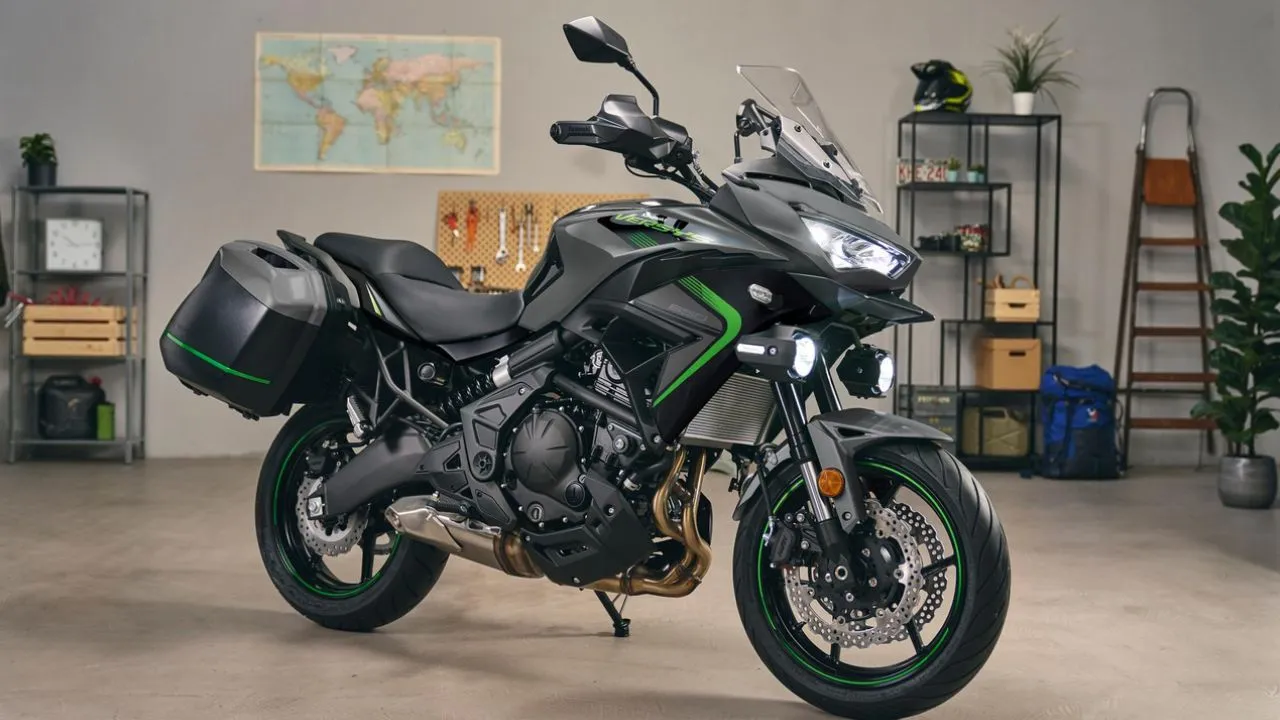


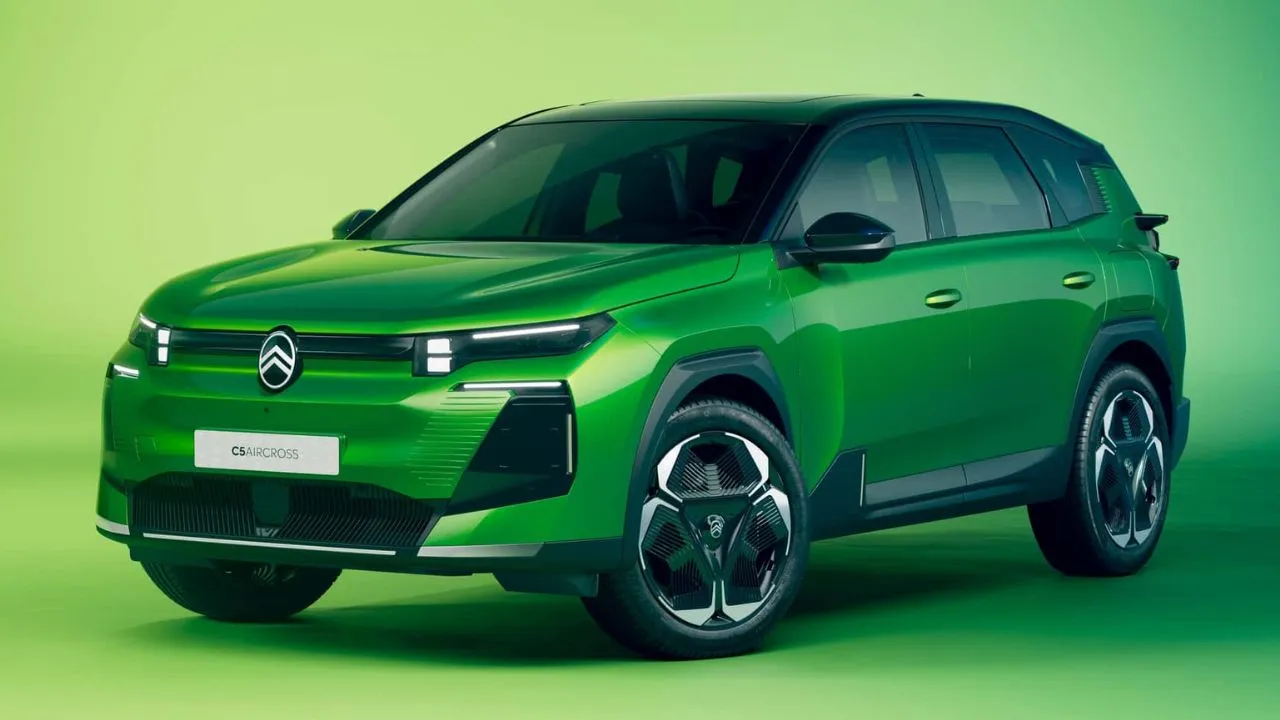


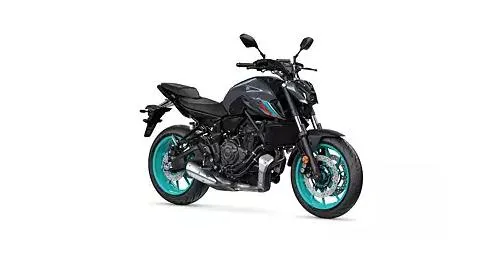

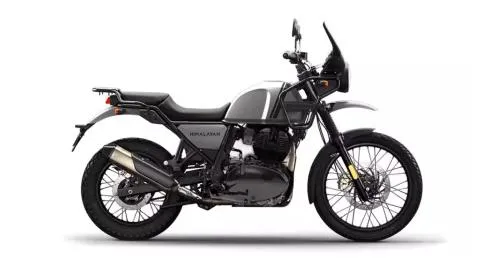















Write your Comment on